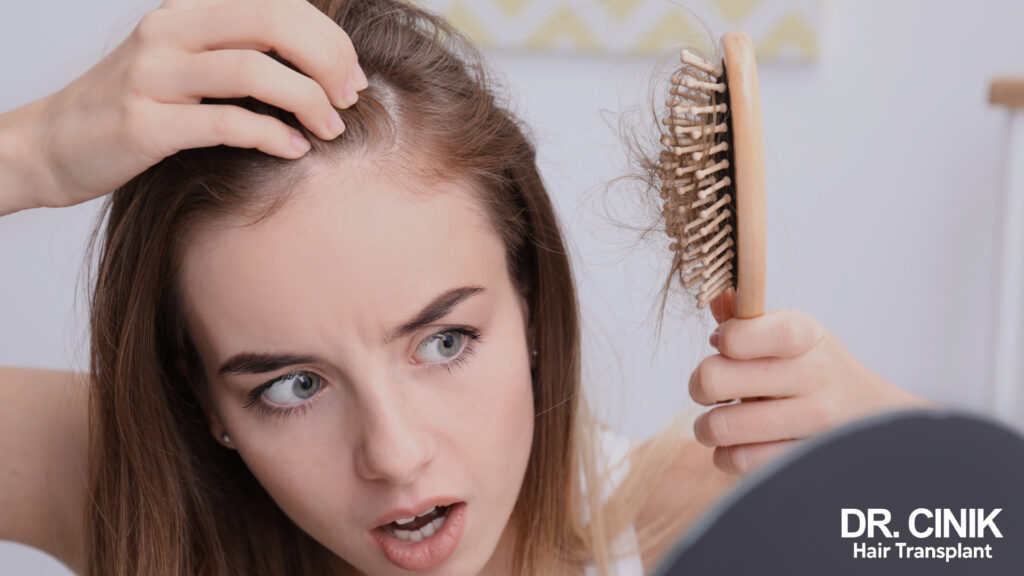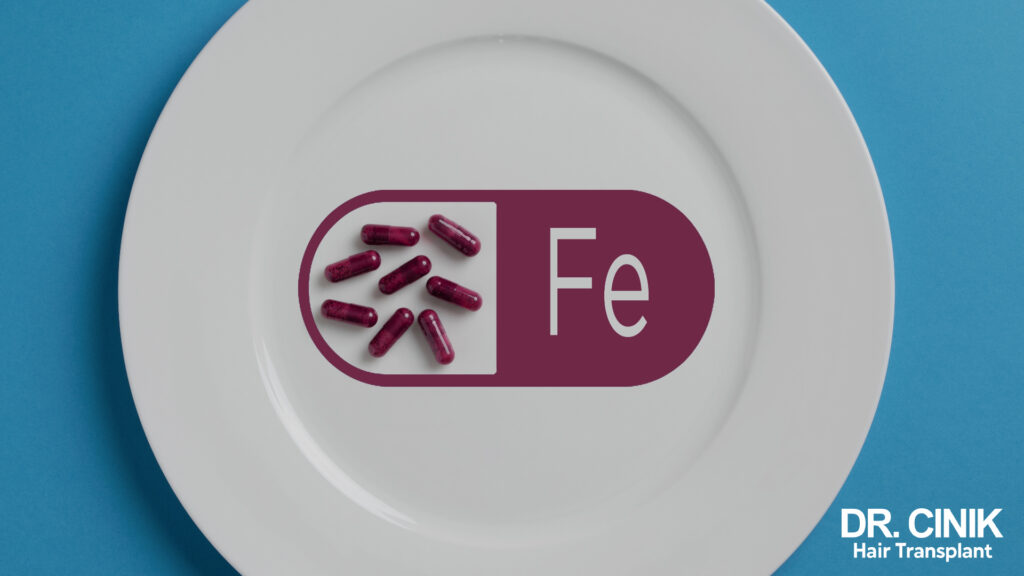Postpartum Hair Loss: What to Do?
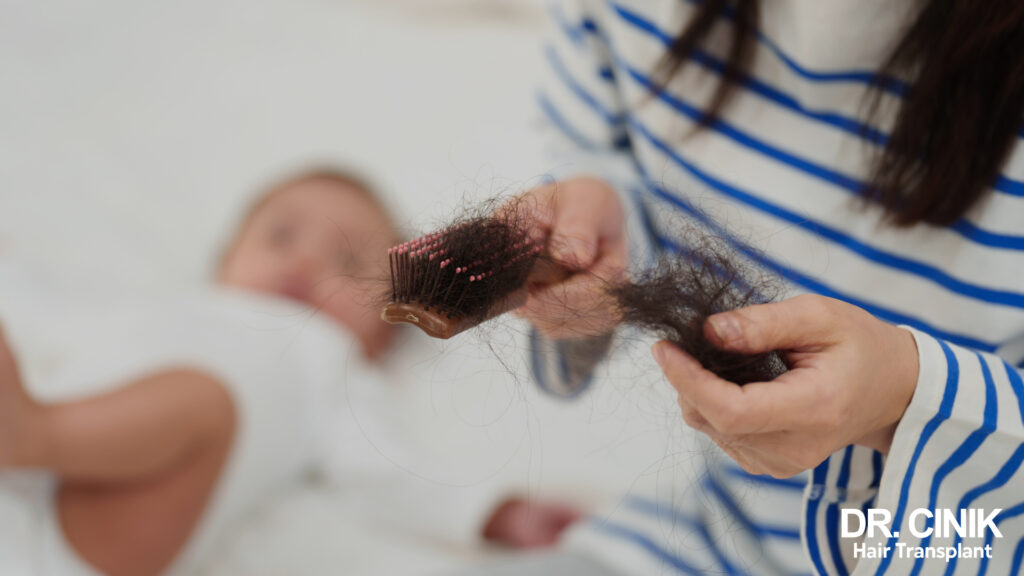
Summary
Pregnancy is a period of significant hormonal and physical changes. While many women notice their hair becoming thicker and more lustrous during these nine months, postpartum hair loss can be a source of concern after childbirth. Why does it occur? How long does it last? Are there solutions to address it? Discover the causes of postpartum hair loss, its duration, and the various methods to maintain a dense and healthy head of hair after pregnancy.
What Is Postpartum Hair Loss?
Postpartum hair loss is a common phenomenon that affects many women after childbirth. It manifests as a notable decrease in hair density, creating the impression of a less full head of hair. For new mothers, this situation can be a source of worry. Rest assured, it is generally a natural and temporary process.
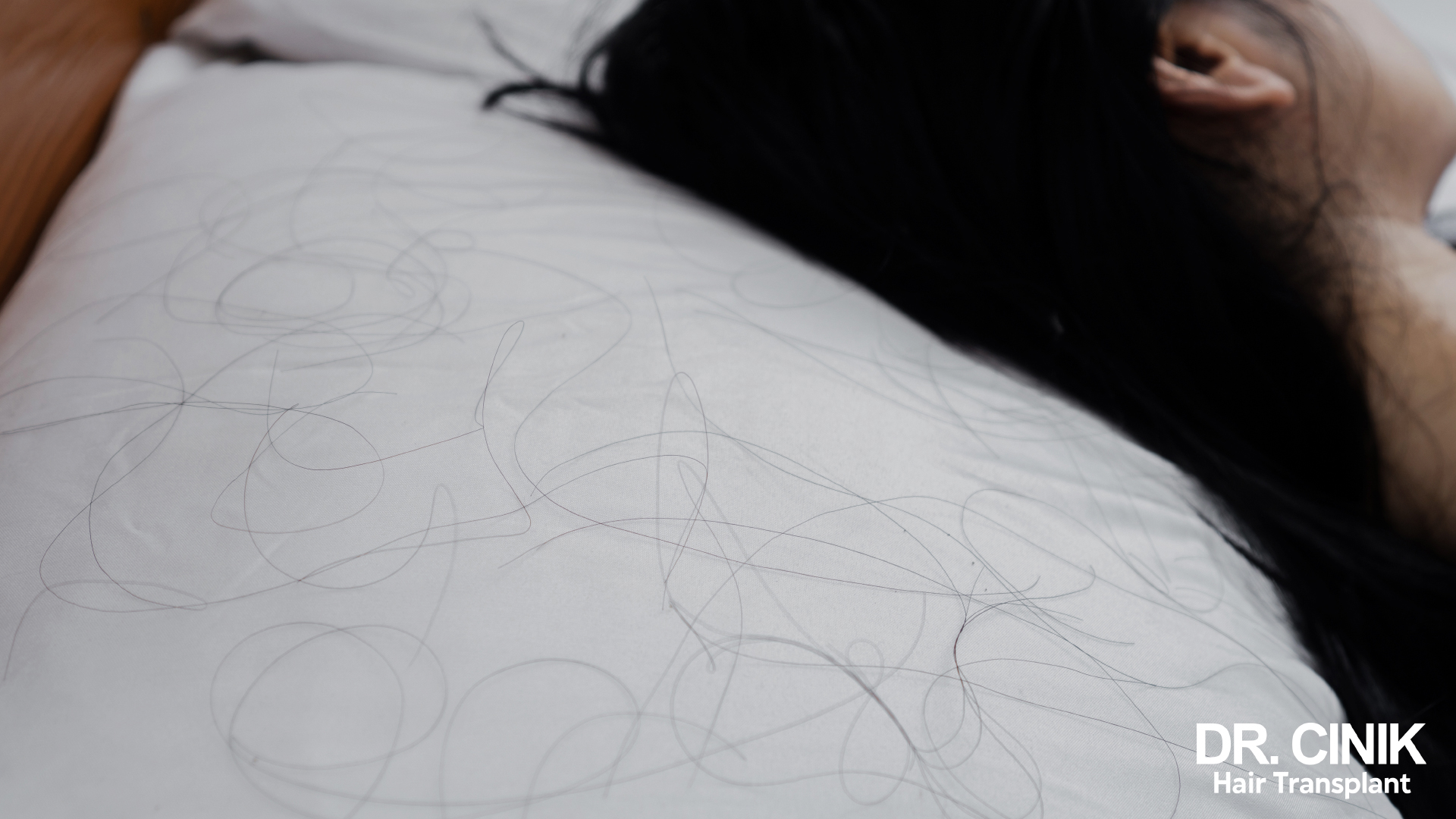
This condition, also known as post-partum telogen effluvium, is characterised by hair loss that can seem alarming when significant quantities of hair are found on the pillow, in the shower, or on the brush. Although troubling, this phase is an integral part of the physiological recovery after pregnancy. Recent studies show that over 90% of women experience this phenomenon after childbirth (Hirose et al., 2023).
What Causes Postpartum Hair Loss?
The primary cause of postpartum hair loss lies in hormonal variations. During pregnancy, oestrogen levels increase significantly, which extends the growth phase of hair and gives it a more dense and vigorous appearance (Piérard-Franchimont & Piérard, 2013). After childbirth, these hormone levels drop sharply, triggering an accelerated transition to the resting phase of the hair cycle, followed inevitably by the shedding phase.
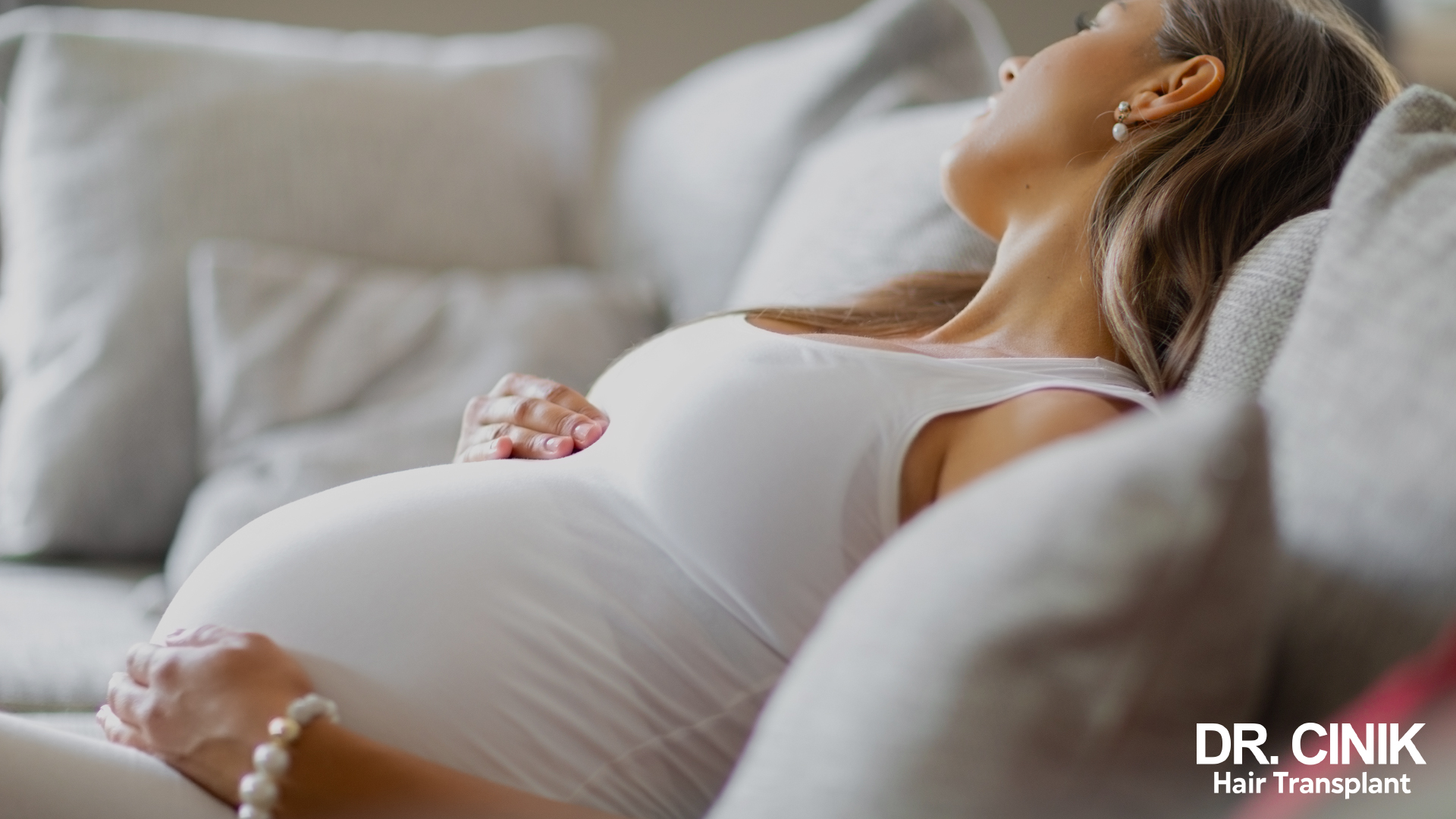
Several other factors contribute to intensifying this hair loss:
- Physiological and emotional stress related to childbirth and caring for a newborn can exacerbate hair loss. The body, in a state of stress, redirects its resources towards essential functions, sometimes at the expense of hair health.
- Nutritional deficiencies also play a major role. During pregnancy, the maternal organism mobilises significant resources for the development of the foetus. This mobilisation can lead to deficits in nutrients essential for hair health, such as iron, zinc, and certain vitamins.
- The hair growth cycle: it consists of three phases; the anagen (growth), catagen (transition), and telogen (resting and shedding) phases. After childbirth, an abnormally high number of hairs simultaneously enter the telogen phase, which explains the intensity of the observed shedding (Piérard-Franchimont & Piérard, 2013).
When Does Postpartum Hair Loss Stop?
Postpartum hair loss typically begins approximately two months after childbirth, when hormone levels start to rebalance. In women who breastfeed, this phenomenon may occur a little later and be less intense, as the hormonal drop is more gradual. Breastfeeding produces hormones that continue to partially stimulate hair growth, although recent research suggests that prolonged breastfeeding (6-12 months or more) may be associated with more significant hair loss in some women (Hirose et al., 2023).
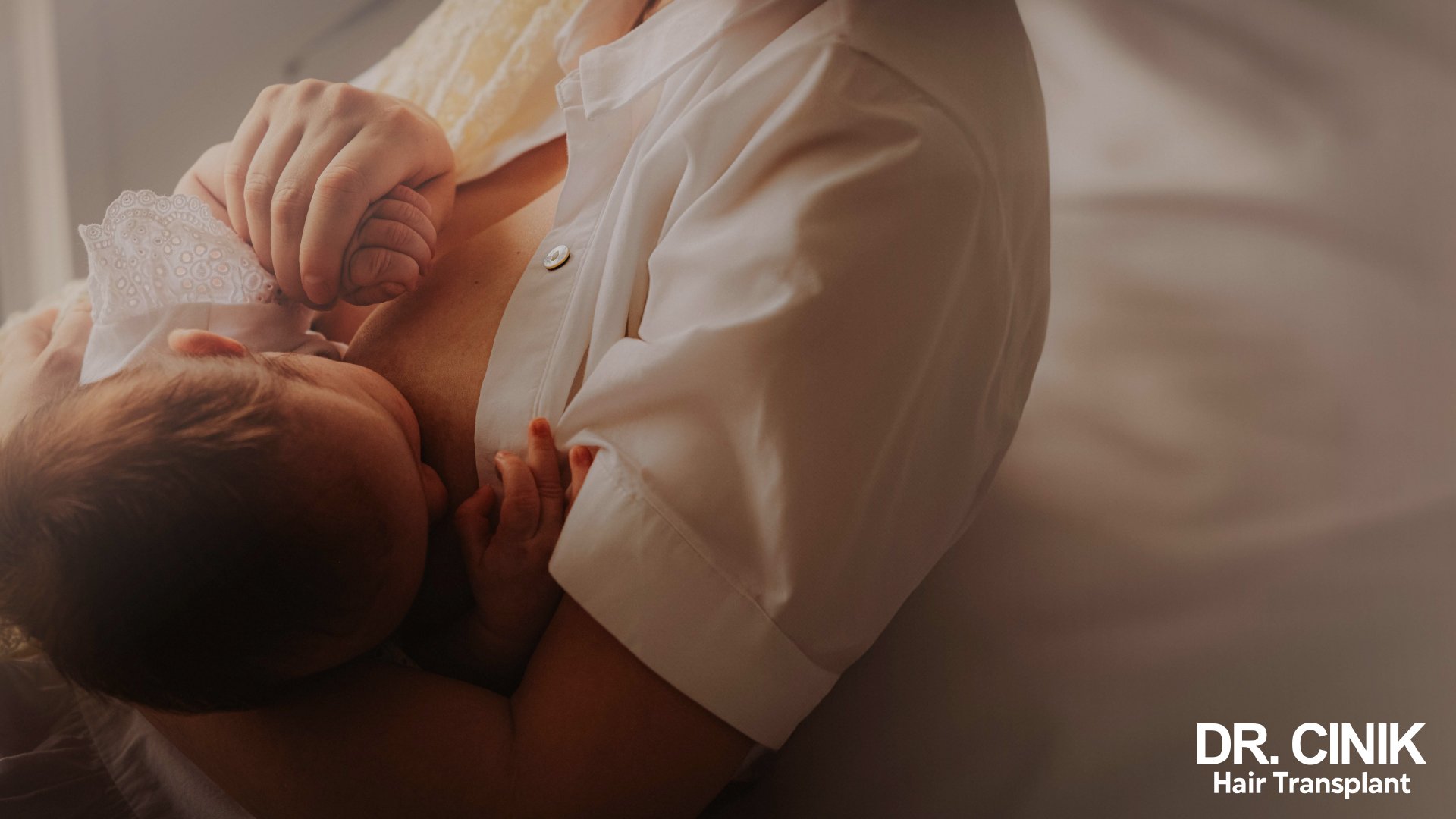
The first signs of regrowth generally appear around the sixth month after childbirth. However, a full return to a hair density similar to pre-pregnancy levels requires more patience: this process can take 12 to 18 months for some women. Studies show that complete resolution occurs on average around 8.1 months after childbirth, with significant individual variations (Hirose et al., 2023). This variable duration depends on individual factors that influence hair health, such as stress levels, sleep quality, and nutritional balance, often compromised during the first months of motherhood.
Good to know: the regrowth timeline often coincides with a period of intense adaptation to new parental responsibilities, which can indirectly influence the speed of hair recovery.
How to Manage Postpartum Hair Loss?
The intensity of postpartum hair loss varies considerably from woman to woman, but this phenomenon is practically inevitable. It is a natural physiological mechanism: during pregnancy, oestrogens have a protective effect on hair, preventing the normal shedding of those that would have fallen out. When this effect ceases after childbirth, the hair resumes its usual life cycle, causing a reactive shedding that may seem excessive but actually corresponds to a return to balance.
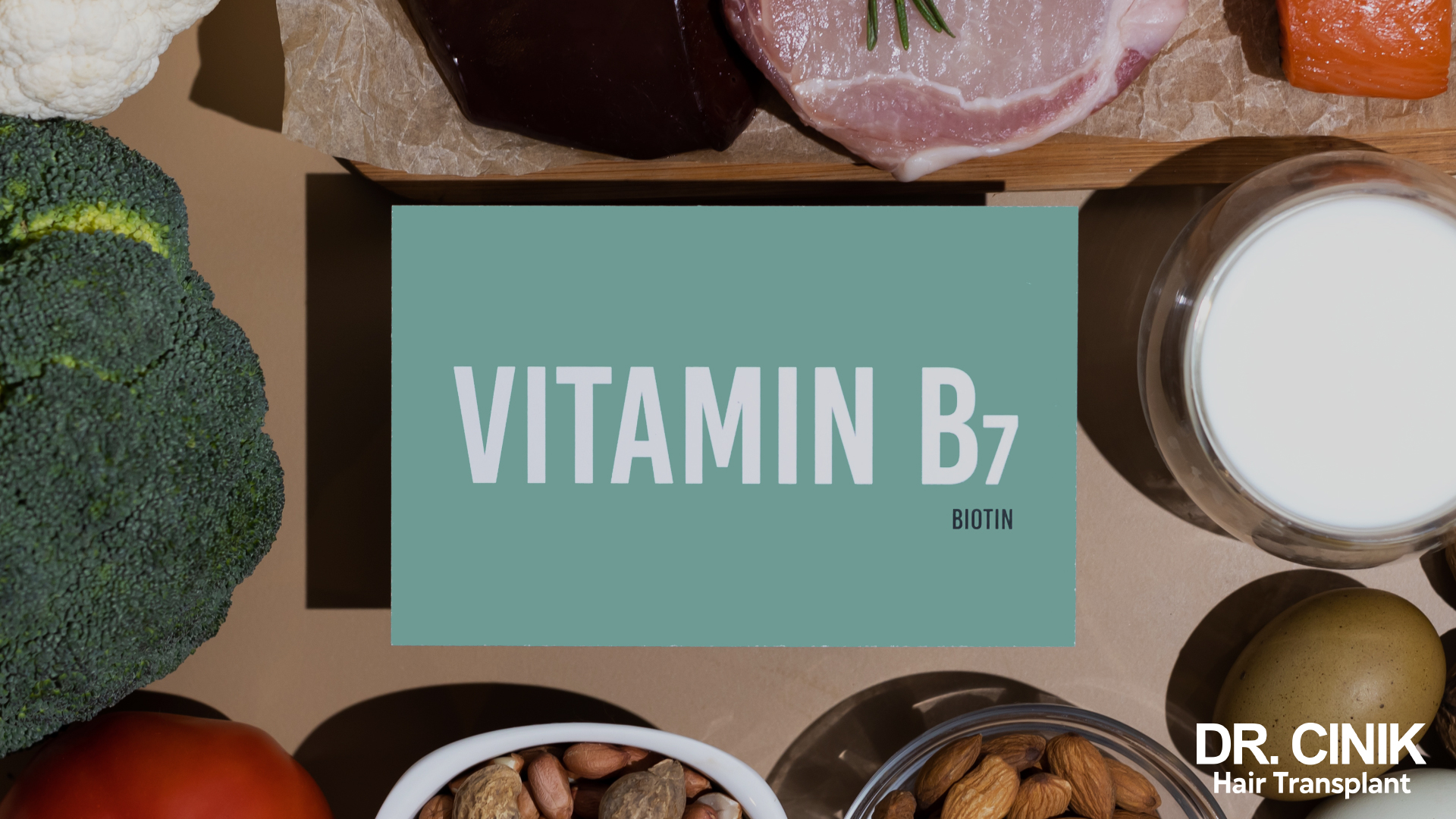
Although this hair loss is difficult to prevent completely, several approaches can help limit its extent and promote healthy regrowth:
- Regularly perform a scalp massage, ideally several times a week. This technique stimulates local blood circulation and reactivates the hair follicles, thus encouraging more vigorous regrowth.
- Adopt a tailored hair care routine, including anti-hair loss products and targeted dietary supplements to strengthen the hair fibre from within.
- Moderate the use of very hot water during shampoos, as it can dry out the scalp. Similarly, limit the use of heating devices like hair dryers and straighteners, which can make the hair more fragile.
- Prioritise gentle detangling with a soft-bristled brush or wide-toothed comb, always starting from the ends and working upwards towards the roots.
- Adopt a nutrient-rich diet essential for hair health: proteins, iron, zinc, B vitamins, and antioxidants. These elements are the building blocks of new hair and support the activity of the hair follicles.
It is important to note that nearly 73% of women report feeling anxious or stressed due to their postpartum hair loss (Hirose et al., 2023), underscoring the importance of a holistic approach that includes psychological support.
Postpartum Hair Loss: PRP Injections?
An effective solution to combat postpartum hair loss is the PRP (Platelet-Rich Plasma) injection treatment. This method involves taking a blood sample from the patient, extracting the PRP, and then injecting it into the scalp. This plasma, rich in growth factors, stimulates the hair follicles and promotes hair regeneration.
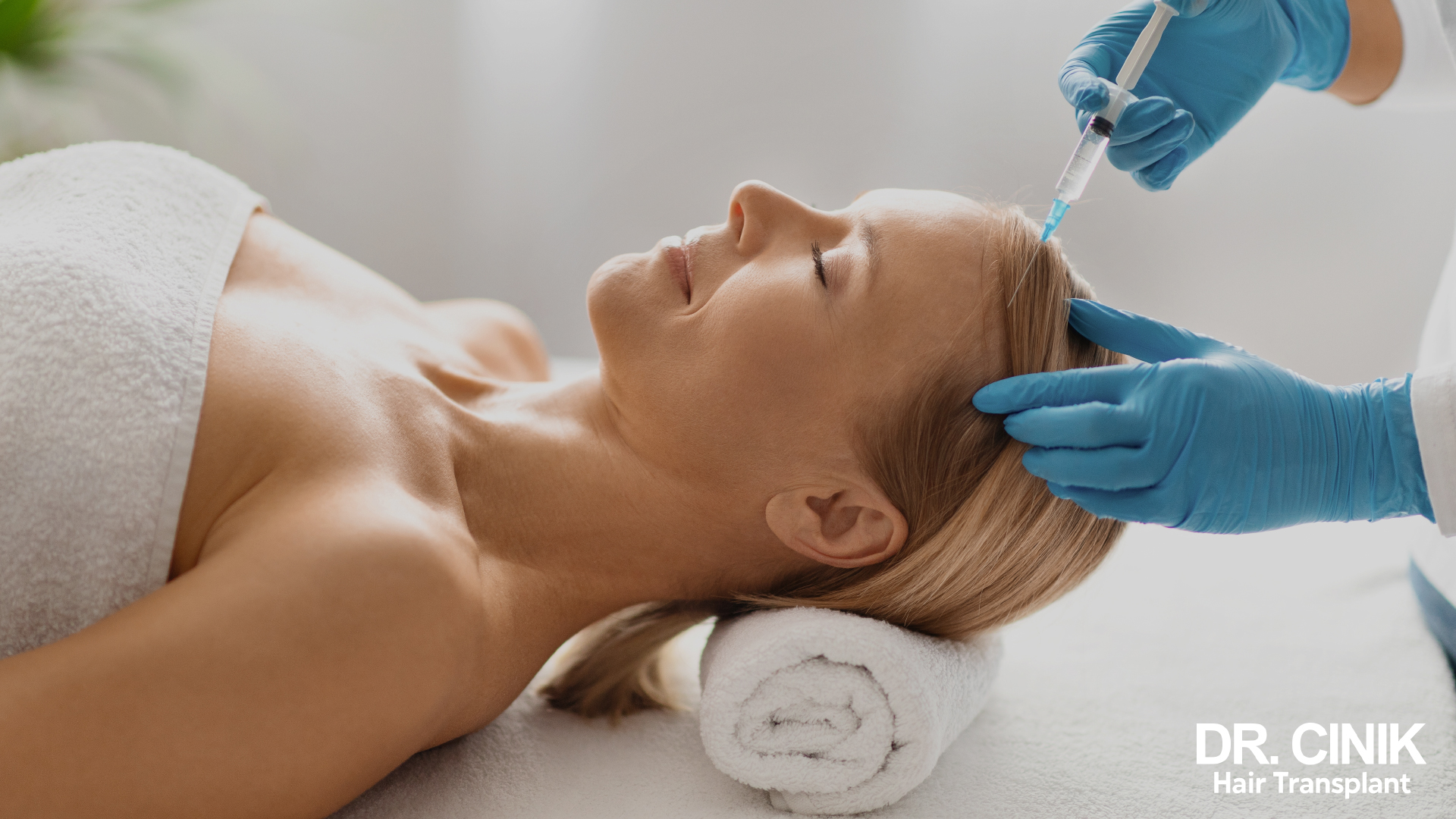
The major advantage of this approach is its autologous nature: since the injected material comes from the patient’s own blood, the risks of allergic reaction or rejection are practically non-existent.
Telogen Effluvium and Androgenetic Alopecia: What’s the Difference?
It is essential to distinguish postpartum hair loss, which generally falls under the category of telogen effluvium, from other forms of alopecia such as androgenetic alopecia, as their mechanisms, manifestations, and treatments differ considerably.
Telogen effluvium is characterised by a temporary disruption of the hair cycle, leading to widespread and abundant hair shedding. This phenomenon occurs abruptly, usually two to four months after a triggering event, and can be caused by various factors such as:
- Intense physical or emotional stress
- Childbirth, miscarriage, or pregnancy termination
- Discontinuation of hormonal contraception containing oestrogens
- Surgical intervention with general anaesthesia
- Infectious disease
- Emotional shock
- Restrictive diet leading to significant nutritional deficiencies
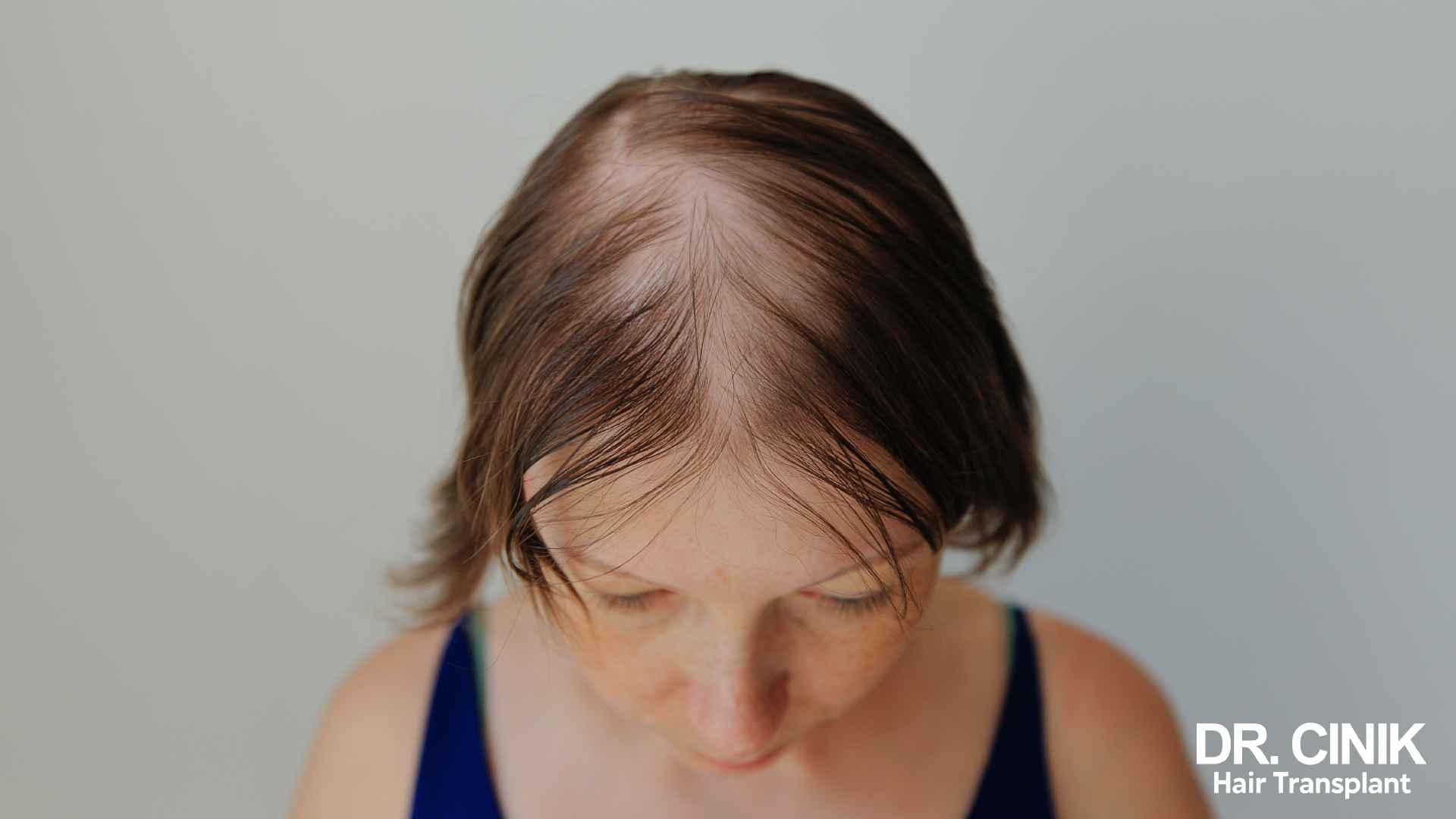
In contrast, androgenetic alopecia has a very different profile. It progresses slowly and insidiously, affecting specific areas like the frontal hairline, temples, or crown of the head. Unlike telogen effluvium, which affects the entire scalp in a diffuse manner, androgenetic alopecia follows a predictable and localised pattern.
The most crucial distinction lies in reversibility: telogen effluvium, including that related to pregnancy, is generally temporary and improves spontaneously once the underlying cause is resolved. However, androgenetic alopecia, if left untreated, becomes chronic and can lead to permanent follicular damage in the affected areas.
The underlying mechanisms also differ: while telogen effluvium results from a disruption of the hair cycle in response to a stressful event, androgenetic alopecia is caused by follicular sensitivity to androgen hormones, particularly dihydrotestosterone (DHT), which gradually miniaturises the hair follicles until they become non-functional.
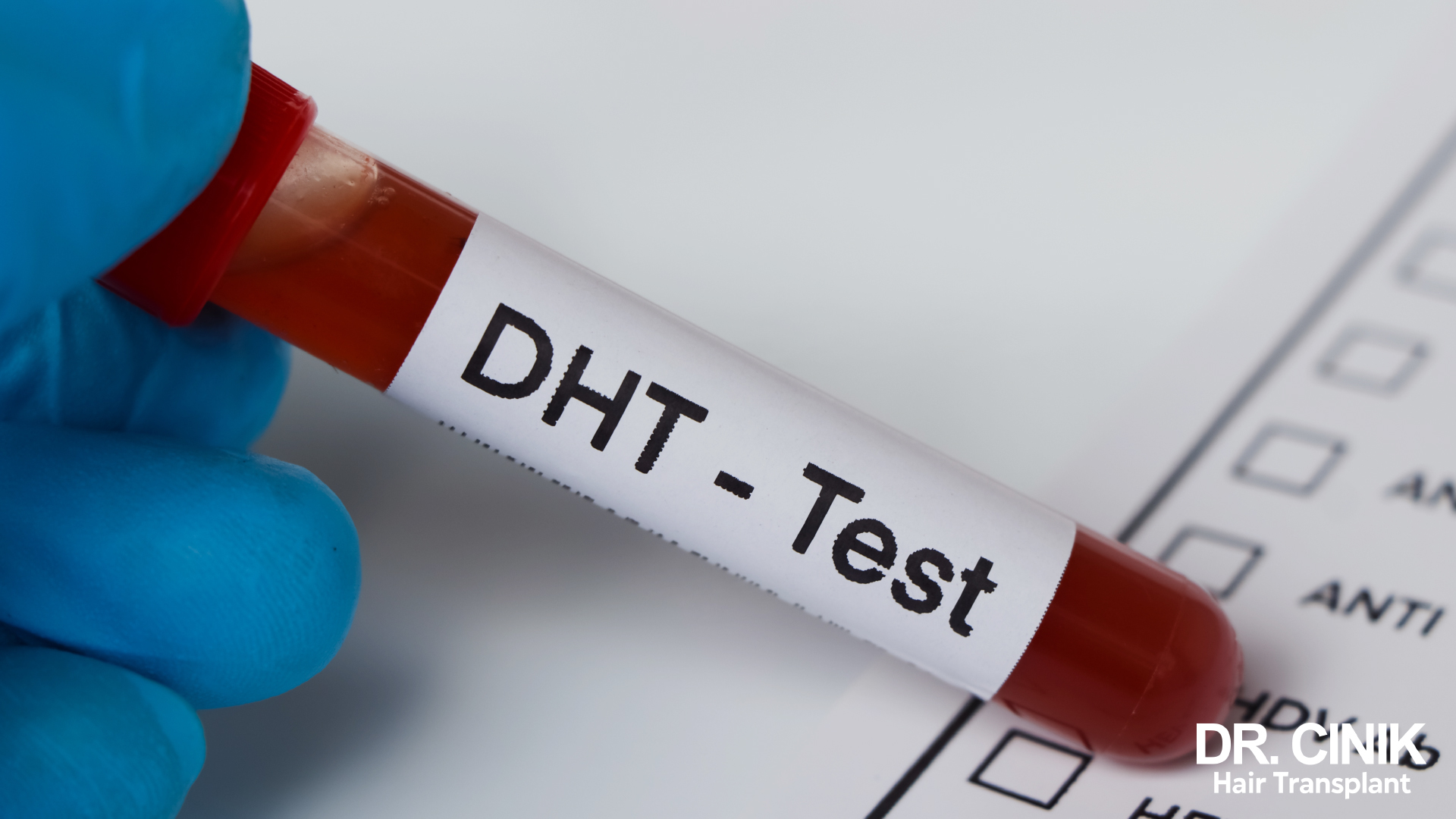
Recent research indicates that postpartum telogen effluvium can sometimes unmask an underlying, previously undiagnosed androgenetic alopecia. A study found that only 9.5% of women experience pure telogen effluvium after childbirth, while 56% exhibit a combination of telogen effluvium and androgenetic alopecia (Galal et al., 2024). This finding underscores the importance of a comprehensive dermatological evaluation for women experiencing persistent hair loss after childbirth.
Solutions for Androgenetic Alopecia?
For women suffering from androgenetic alopecia, hair transplantation represents a durable and effective solution. Turkey has emerged as a preferred destination for this type of procedure, with recognised experts like Dr Cinik.
The Dr Cinik Clinic, located in Istanbul, has established itself as one of the global references in the field of hair transplantation. As a renowned specialist with over 20 years of experience, Dr Cinik has developed excellent expertise in the treatment of female alopecia.
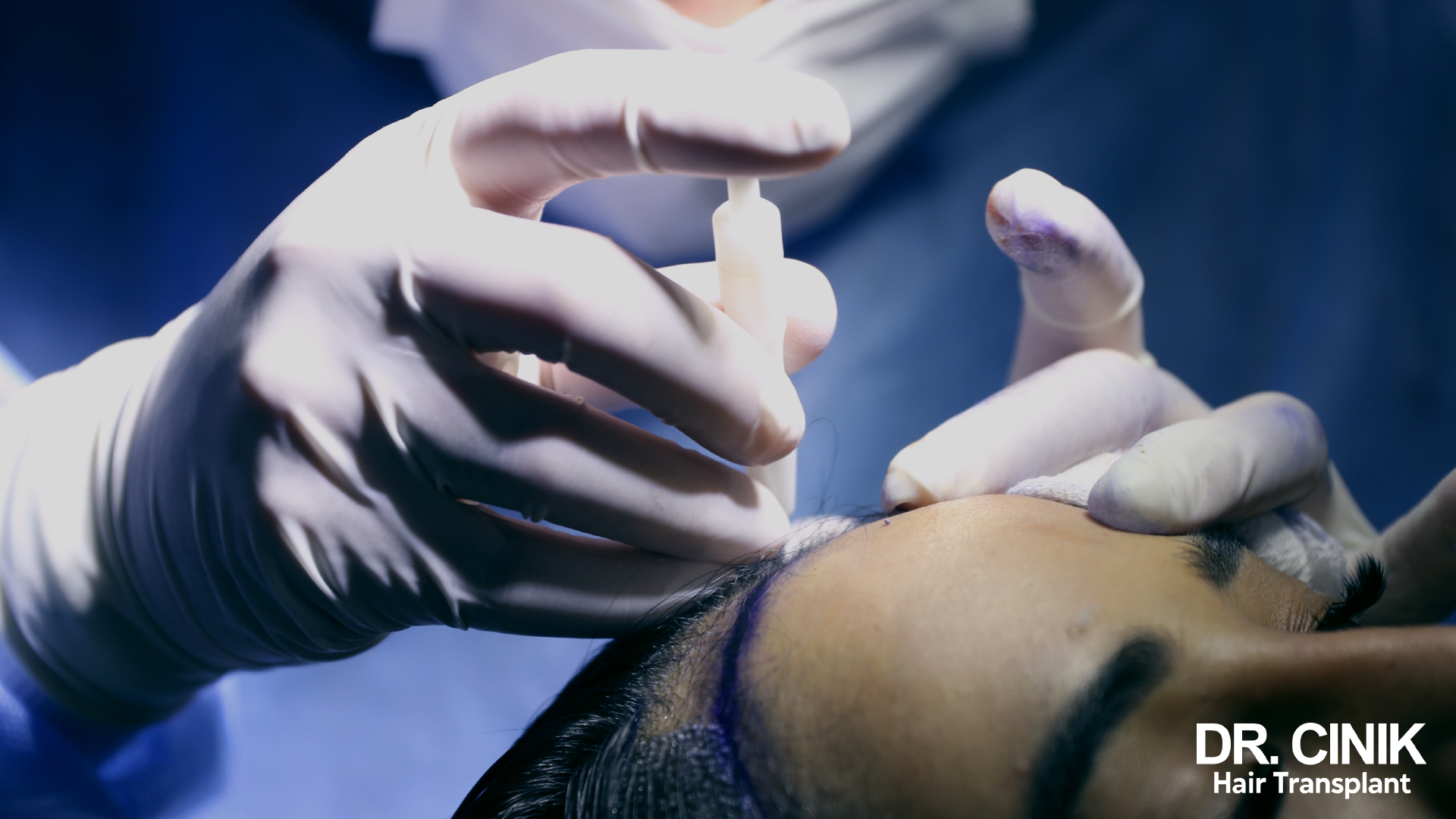
The clinic exclusively uses the most advanced techniques, including the FUE (Follicular Unit Extraction) method and the DHI (Direct Hair Implantation) technique, which are perfectly suited to cases of female alopecia. These minimally invasive methods allow for precise extraction and implantation of follicular units, ensuring natural-looking results.
While postpartum hair loss is a temporary and reversible phenomenon, androgenetic alopecia requires tailored solutions to regain a dense and harmonious head of hair. Between hair care, medical treatments, and transplant options, each woman can find the approach that best suits her needs and expectations.
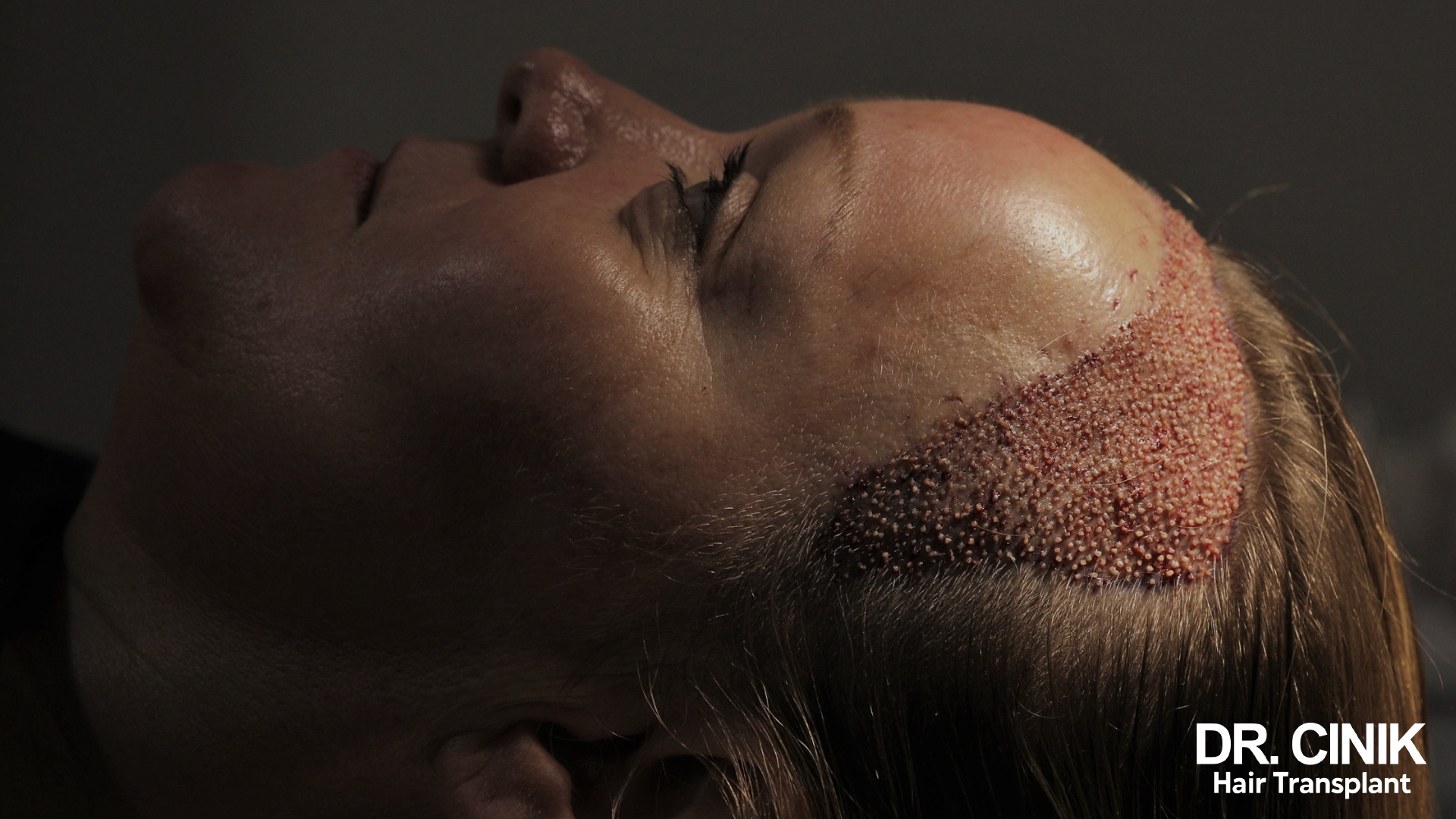
Sources
Galal, S. A., El-Sayed, S. K., & Henidy, M. M. H. (2024). Postpartum Telogen Effluvium Unmasking Additional Latent Hair Loss Disorders. Journal of Clinical and Aesthetic Dermatology, 17(5), 15-22. https://doi.org/10.1159/000521705
Hirose, A., Terauchi, M., Odai, T., Fudono, A., Tsurane, K., Sekiguchi, M., Iwata, M., Anzai, T., Takahashi, K., & Miyasaka, N. (2023). Investigation of exacerbating factors for postpartum hair loss: a questionnaire-based cross-sectional study. International Journal of Women’s Dermatology, 9(2), e084. https://doi.org/10.1097/JW9.0000000000000084
Piérard-Franchimont, C., & Piérard, G. E. (2013). Alterations in Hair Follicle Dynamics in Women. BioMed Research International, 2013, 957432. https://doi.org/10.1155/2013/957432

